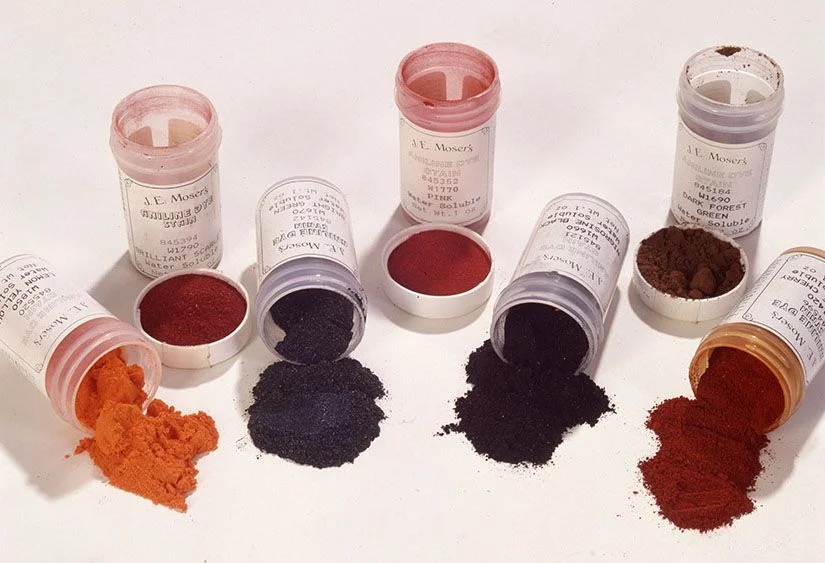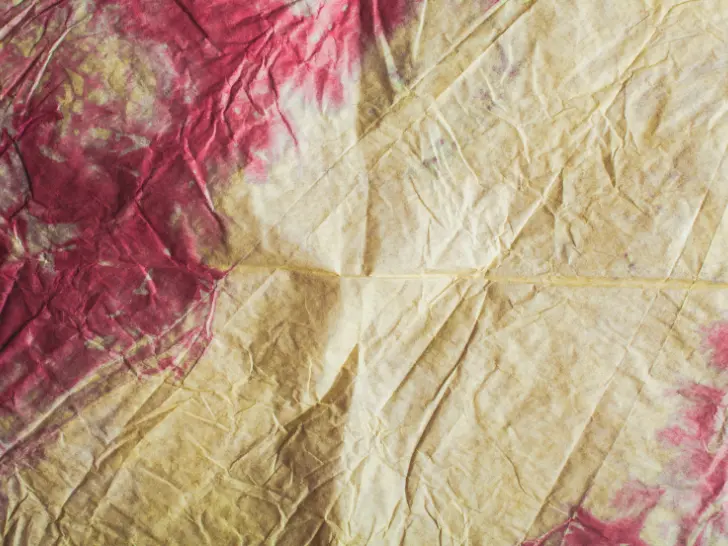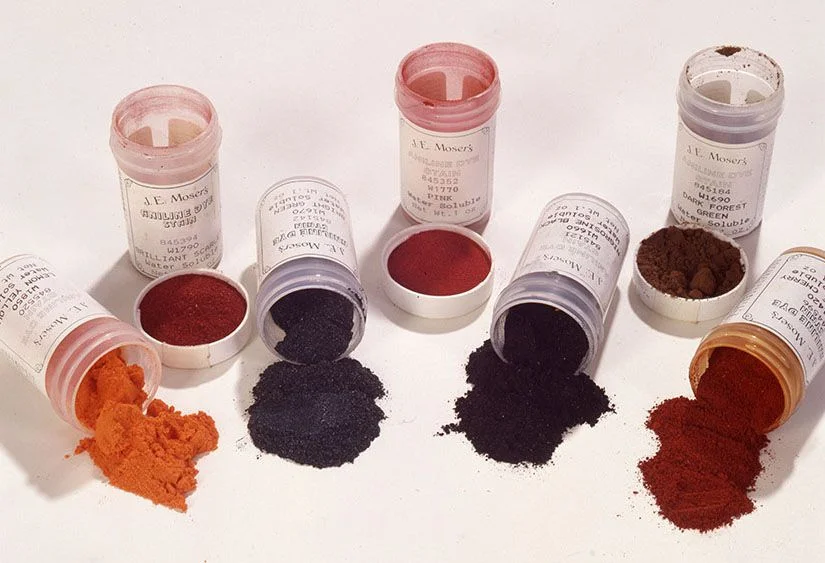Introduction
Dyeing fabric is an age-old tradition, but choosing the right method is crucial to achieving vibrant and lasting colors. A popular technique involves the use of anilina dyes, which offer a wide range of color options for fabric enthusiasts. However, a common question often arises: Dsp de q tino con anilina seco o lavo? This query touches on whether it’s better to dry or wash after dyeing with anilina.
In this blog, we will take an in-depth look at this question, covering everything from preparation to the final stages of fabric dyeing. By the end of this guide, you will understand how to approach your dyeing project and maximize the results when using anilina dyes.
Let’s dive into the steps, the nuances, and important details behind this dyeing technique so that you can confidently answer Dsp de q tino con anilina seco o lavo and make your project a success.
What is Anilina Dye?
Anilina dyes are synthetic dyes that are well-known for their vivid, long-lasting colors. These dyes have been used for decades in the textile industry and among DIY fabric artists. They work especially well on natural fibers such as cotton, wool, and silk, penetrating deep into the fabric fibers to create strong color bonds.
When using anilina dye, it’s essential to follow the correct steps to ensure the dye sets properly, which will help maintain the brightness and durability of the color.

Step-by-Step Guide to Dyeing with Anilina: Dry or Wash?
- Preparation: Prepping Your Fabric
Before asking Dsp de q tino con anilina seco o lavo, start by preparing the fabric. Clean it thoroughly to remove any dirt, oils, or impurities that may interfere with dye absorption. Pre-washing is critical because it ensures the fabric is ready to absorb the anilina dye fully.
- Mixing the Dye Solution
Once the fabric is prepped, it’s time to mix the anilina dye. Follow the manufacturer’s instructions carefully, as dye strength varies depending on the brand and type of dye. Dissolve the dye in water, ensuring it’s evenly mixed. For richer colors, you may need to adjust the amount of dye used.
- Dye Application
Apply the dye to the fabric using your preferred technique. Some common methods include immersion dyeing, tie-dyeing, or hand-painting. When applying the dye, make sure to saturate the fabric thoroughly to avoid uneven color.
- Drying the Fabric: To Dry or Not to Dry?
This is where the question Dsp de q tino con anilina seco o lavo comes into play. After applying the anilina dye, many people wonder whether to dry the fabric first or rinse it immediately. The drying process allows the dye to bond more firmly with the fibers, potentially leading to brighter, longer-lasting results. However, some prefer to rinse immediately, especially if the goal is a more faded or subtle look. Let’s break it down:
- Drying First (Seco): If you let the fabric dry completely before rinsing, the dye has more time to set and bind with the fibers. This can lead to deeper colors and a longer-lasting finish.
- Rinsing Immediately (Lavo): Washing immediately after dyeing removes excess dye before it has a chance to over-saturate the fabric. This method results in softer, more muted colors, which may be desirable for certain projects.
The Washing Process
If you choose the lavo method, ensure the water you use for rinsing is cold. Cold water helps set the color while preventing the dye from bleeding out of the fabric too much. This method is ideal if you’re aiming for a more pastel look. If you’ve opted to dry first, use warm water for the initial wash, which will help eliminate any excess dye without compromising the color.
Drying After Washing
After rinsing the fabric, the next step is to dry it completely. Air drying is often recommended for anilina-dyed fabrics, as heat from a dryer can potentially fade the colors. However, for quicker results, you can tumble dry on a low setting.
Testing Fabric Samples Before Dyeing
Before committing to dyeing an entire piece of fabric, it’s always a good idea to test a small sample. This will help you gauge how the fabric reacts to the anilina dye and whether you prefer the seco or lavo method. By testing first, you can observe color saturation, fading, or uneven patches and adjust your dyeing technique accordingly. Whether you choose to dry the fabric first or wash it immediately, a test sample ensures you’re happy with the final result and prevents costly mistakes on larger pieces.
Factors That Affect the Outcome
There are several factors that influence how Dsp de q tino con anilina seco o lavo impacts your fabric dyeing project:
- Type of Fabric
Natural fibers like cotton, silk, and wool absorb anilina dyes more effectively, giving you a more vibrant outcome. On the other hand, synthetic fibers might not take the dye as well, resulting in uneven coloring.
- Concentration of Dye
The intensity of the dye solution will greatly affect the final result. A stronger solution will yield brighter colors, while a weaker mix will produce softer shades.
- Dyeing Technique
The method you choose to apply the dye plays a significant role. For example, immersion dyeing tends to produce more consistent results, while hand-painting can give you a more varied, artistic finish.
The Benefits of Using Anilina Dyes
There are several reasons why people prefer anilina dyes for fabric projects:
- Vivid Colors
Anilina dyes are known for producing vibrant, saturated colors that pop.
- Durability
When set correctly, anilina dyes are long-lasting and resistant to fading, making them ideal for items that will undergo regular use.
- Versatility
These dyes work well on a variety of natural fibers, making them a versatile choice for different types of projects.
- Customizable
You can adjust the concentration of anilina dyes to suit your specific needs, whether you want bright, bold colors or softer pastels.

Conclusion
So, when it comes to answering Dsp de q tino con anilina seco o lavo, the decision ultimately depends on your desired outcome. Both methods have their advantages: drying the fabric before washing results in bolder, longer-lasting colors, while washing immediately leads to a softer, more muted look. The key is to experiment and see which method works best for your specific project.
By understanding the basics of fabric preparation, dye application, and post-dyeing care, you can confidently work with anilina dyes and create stunning, colorful pieces. Whether you’re looking to make a bold statement or achieve a more subtle design, anilina dyes offer flexibility and beauty in equal measure.
Now that you’re armed with the knowledge to tackle your next dyeing project, go ahead and experiment with different techniques. And remember, no matter the method, enjoy the process of creating something truly unique and colorful!
FAQs about Dsp de q tino con anilina seco o lavo:
1. What is the best method to set anilina dye in fabric?
Letting the fabric dry completely before rinsing helps to set the dye more effectively, producing vibrant, long-lasting colors.
2. Can I wash the fabric immediately after dyeing with anilina?
Yes, washing immediately can result in softer, more pastel-like colors. Use cold water to rinse and set the dye gently.
3. Which fabrics work best with anilina dyes?
Natural fibers such as cotton, silk, and wool absorb anilina dyes well, resulting in richer colors. Synthetic fibers may not hold the dye as effectively.
4. How can I avoid uneven color when dyeing with anilina?
Ensuring your fabric is clean, prepped, and evenly saturated with dye will help prevent uneven patches.
5. What water temperature should I use when washing anilina-dyed fabric?
Use cold water to rinse if you want softer colors, and warm water if the fabric was dried first to remove excess dye while maintaining vibrant colors.





